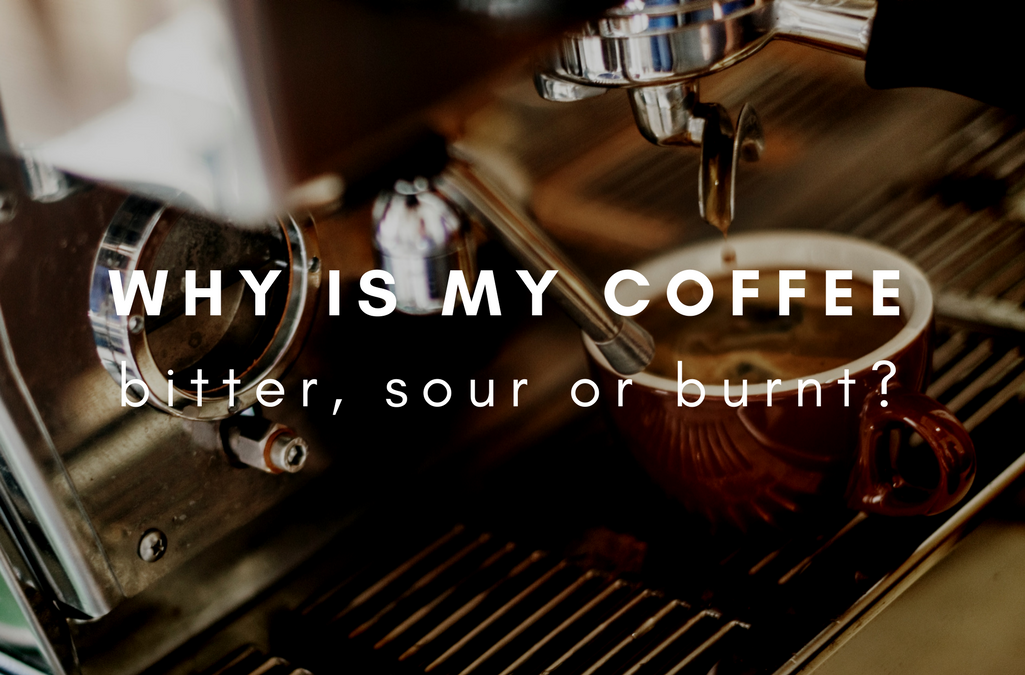Coffee contains around 1,000 chemicals that make up the delicious taste and aroma, so removing the caffeine (thus decaffeinating) has not proved a simple task. Over the years, the process of decaffeinated has changed drastically, beginning with using carcinogenic chemicals, to now using only water. We get asked all the time about the different methods, what their processes are, and what actually get’s the best tasting coffee at the end. So here is a quick rundown of the history of decaffeination and the methods used today.
In 1820 Friedlieb Ferdinand Runge performed the first isolation of pure caffeine from coffee beans, that’s a whopping 197 years ago! Coffee had only been widely consumed since the 1700’s, so in the timeline of coffee, the idea of decaffeination came fairly early on.
In 1903 Ludwig Roselius invented the first commercially successful decaffeination process. It is said that he believed that excess caffeine consumption what was led to the death of his father, so he decided to develop a process to aid others in living longer lives. The Roselius process involved involved steaming the coffee beans with a brine solution (water and salt) then using benzene as a solvene to extract the caffeine. Ironically, although benzene is an organic chemical compound, it has since been discovered that it’s a human carcinogen. There are no statistics on whether coffee decaffeinated using the Roselius process caused any deaths, but the process is obviously no longer used.
Years and years passed, and many other solvents came and went, but currently methylene chloride and ethyl acetate are the commonly used chemicals. Both are considered not only just food save, but their potential health risks are so low “as to be essentially non-existent”. (FDA, 1985) The FDA regulation allows up to ten parts per million, while actual decaf coffee contains levels closer to one part per million. As well as being super safe, the chemicals evaporate at relatively low levels, so the roasting and brewing process will deplete any trace amounts to zero.
Although using methylene chloride and ethyl acetate as solvents in the decaffeination process is considered safe by all accounts, these processes have been known to take not just the caffeine from the beans, but some of the flavours too.
Enter the Swiss Water Method. This decaf process involves boiling the green coffee beans in hot water until the caffeine (and unavoidably, some of the flavours) bind to the water. This water is then filtered through charcoal carbon-filters that only remove the caffeine from the water. Then the flavour containing water is re-introduced to the beans, thus the full flavour is achieved.
But for some, even the use of charcoal filters doesn’t cut it. The purest and most delicious decaf coffee is produced using the Mexican Mountain Water Wash method. And yes, it is just as organic as it sounds.
There are no solvents, filters or chemicals used in the Mexican Mountain Water Wash Method. The beans are simply washed with melted glacial ice from the highest mountain in Mexico to remove the caffeine, which leaves behind everything great about coffee except the caffeine.
The green coffee beans are then soaked in the water, where the caffeine and a small percentage of flavour attaches to the water molecules. The water is then removed from the beans, and subjected to various conditions of flow, pressure, temperature and vacuum that removes the caffeine from the water. The flavour containing water is then re-introduced to the coffee, and the process begins again. It’s repeated until the caffeine content is down to desired levels, then dried and sent to roasters.
Our Decaf Coffee Beans are decaffeinated using the Mexican Mountain Water Method, which creates the most delicious, flavoursome and rich coffee beans you can buy. Decaffeinated using only melted glacial water from Pico de Orizaba, the highest mountain in Mexico, these beans are truly a gold standard. Since 1 in 10 coffee drinkers are now opting for decaf, we believe these drinkers should not be isolated due to hipster baristas with a “death before decaf” attitude. Just click here to read how much our customers are impressed.



